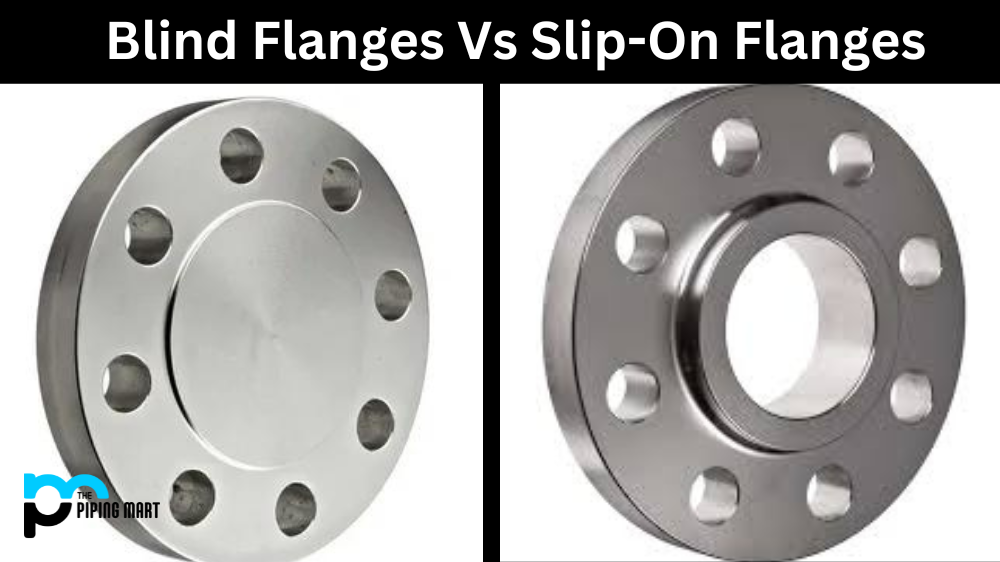When it comes to selecting the right size and pressure class for fixed flanges, there are certain factors that one should consider before making the purchase. A flange is a crucial component in piping systems that connects pipes, valves, pumps, and other equipment to form a pipeline. Choosing the right size and pressure class for fixed flanges is important because it can prevent leaks, malfunctions, and failures in the system. This blog will discuss the factors determining the right size and pressure class of flanges for fixed applications.
How do you choose the Correct Size and Pressure Class For Fixed Flanges?
Piping Size
The piping size is the first and foremost factor determining the size of fixed flanges. Fixed flanges are available in the ANSI B16.5 standards, a set of specifications defining the dimensions, materials, and tolerances of flanges. The flanges should match the size of the piping system to which they are being connected. A larger flange may be required if the piping system carries higher flow rates, whereas a smaller flange may suffice for low-flow applications.
Pressure Rating
The pressure rating of fixed flanges is another important factor to consider before selection. The pressure rating of a flange refers to the maximum pressure that the flange can withstand without causing any deformation or leakage. Fixed flanges are also available in different pressure classes, such as 150, 300, 600, 900, 1500, and 2500. Higher pressure classes represent stronger flanges that can withstand higher pressure and temperature, making them ideal for high-pressure applications.
Material of Construction
Fixed flanges are available in various materials, such as carbon steel, stainless steel, alloy steel, and plastic. Choosing the right construction material is critical as it determines the flange’s resistance to corrosion, wear, and tear. Carbon steel flanges are generally ideal for low-temperature and low-pressure applications, whereas stainless steel flanges are better for high-temperature and corrosive applications.
Flange Facing
The flange facing is the surface of the flange that connects with the gasket, creating a seal. The flange facing can be flat, raised, or ring joint. The type of flange facing depends on the application, the type of gasket used, and the pressure class of the flange. For example, a ring joint flange facing is more suitable for high-pressure applications since it provides a tight and secure seal.
Temperature Range
Temperature is another important factor when selecting the right size and pressure class for flanges. The temperature range can affect the material and pressure of the flange. The higher the temperature range, the lower the pressure rating that the flange can handle. A flange with a wide pressure class range should be considered if the temperature range is likely to fluctuate.
Operating Conditions
The operating conditions of the piping system also play a significant role in the selection of fixed flanges. Temperature, pressure, and flow rate can affect the flange’s performance and lifespan. For example, high-temperature applications may require flanges made from materials that can withstand thermal expansion and contraction, whereas low-temperature applications may require flanges made from materials that can withstand cryogenic temperatures.
Beware of Common Mistakes
When selecting flanges, it is crucial to avoid some common mistakes. One common mistake is selecting smaller-sized flanges to cut down on cost. This can result in performance issues such as leaks and breaks. It is also essential to be accurate in the design pressure of the piping system. Underestimating the system’s design pressure can result in the selection of an under-rated flange.
Seek Professional Assistance
The correct size and pressure class selection for fixed flanges can be quite complex. Seek professional assistance if you need clarification on any aspect of the selection process. Piping system experts have the necessary skills and knowledge to provide a proper selection of flanges for piping systems.
Conclusion:
Choosing the right size and pressure class for fixed flanges is crucial for the smooth operation of the piping system. Factors such as piping size, pressure rating, material of construction, flange facing, and operating conditions must be considered before making a purchase. Following these guidelines can avoid leaks, malfunctions, and failures in your pipeline. Remember, selecting the right flange is a vital investment that can ensure the longevity and reliability of your piping system.
Sakshee is a talented blogger, with a particular focus on the Business and Metal Industry. She is passionate about sharing her insights on various metal products and helping professionals to make a better decisions.




